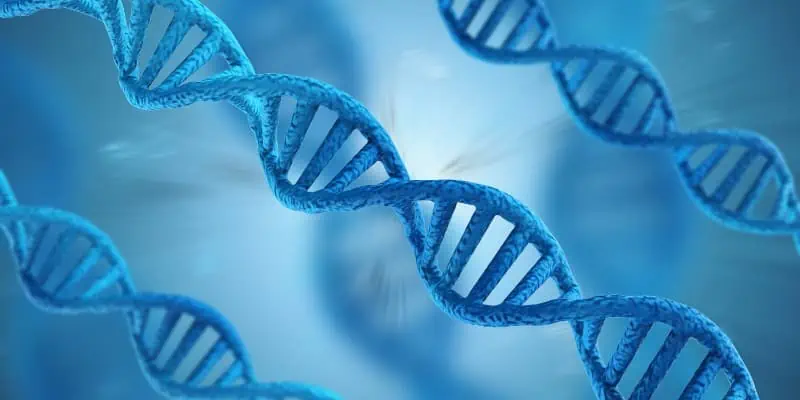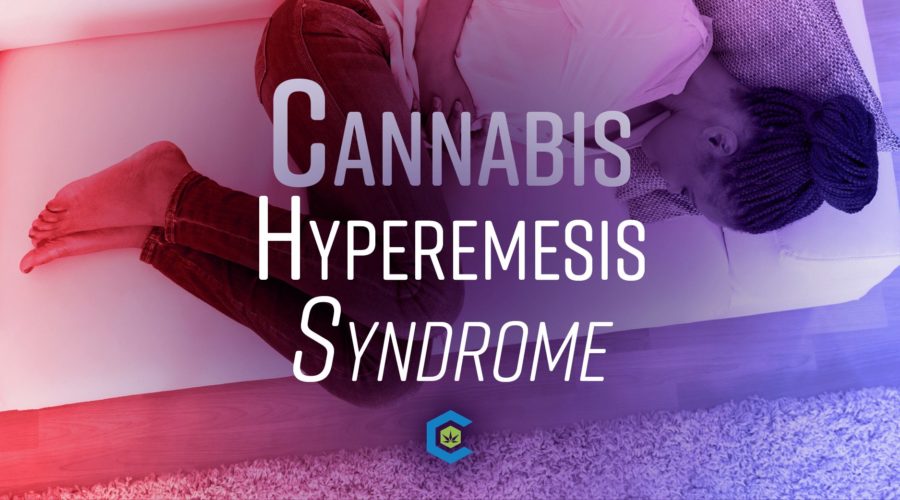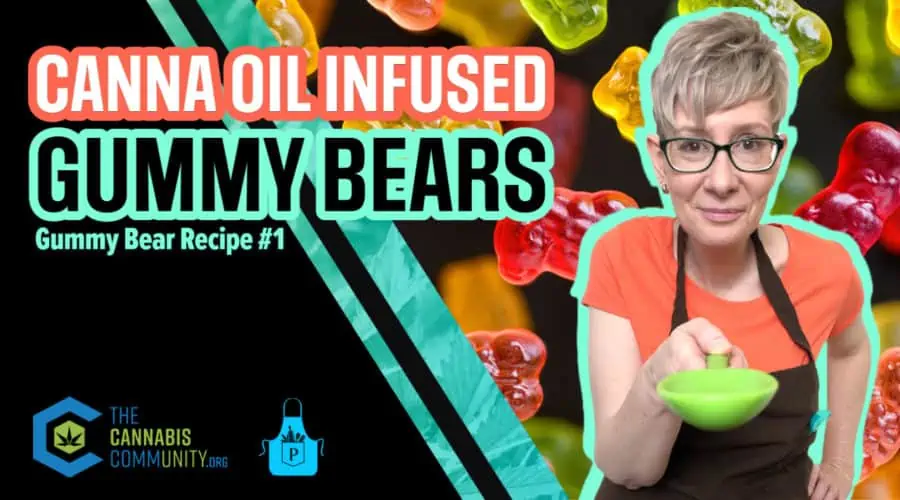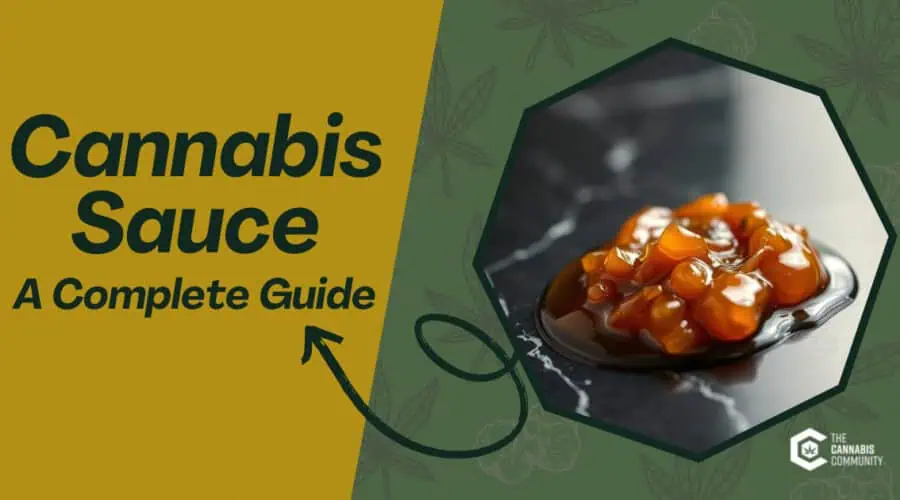What is Cannabis Hyperemesis Syndrome?
Table of Contents
What is Cannabis Hyperemesis Syndrome?

Cannabis is a popular recreational drug legal in many parts of the world. It is often used to relieve stress, anxiety, and pain and is thought to have a relatively low risk of addiction and adverse effects. However, some chronic cannabis users may experience a condition called cannabis hyperemesis syndrome (CHS), which can be severe and debilitating. This guide will provide a detailed overview of CHS, including its causes, symptoms, diagnosis, treatment, and prevention.
Definition of Cannabis Hyperemesis Syndrome
CHS is a condition that occurs in some chronic cannabis users. Cyclic episodes of nausea, vomiting, and abdominal pain characterize it. These symptoms are relieved by taking hot showers or baths. CHS is a relatively new condition first described in medical literature in 2004.
The Importance of Understanding CHS for Cannabis Users
Although CHS is a relatively rare condition, it is crucial for cannabis users to be aware of its existence and symptoms. CHS can be severe and debilitating, leading to dehydration, weight loss, and electrolyte imbalances.
Sometimes, hospitalization may be necessary to manage symptoms and prevent complications.
Additionally, CHS can be difficult to diagnose and treat and may require long-term abstinence from cannabis use. By understanding CHS, cannabis users can take steps to prevent the condition, seek early medical attention if symptoms arise, and make informed decisions about their cannabis use.
In the following sections, we will provide a more detailed overview of the causes, symptoms, diagnosis, treatment, and prevention of CHS.
We will also provide expert insights and tips for cannabis users who may be at risk of developing CHS.
Causes of CHS
The exact cause of CHS is unknown, but research suggests it may be related to the endocannabinoid system (ECS).
The ECS is a complex system of neurotransmitters and receptors involved in regulating various physiological functions, including appetite, pain, mood, and nausea.
Role of the Endocannabinoid System

The Endocannabinoid System is thought to play a key role in regulating nausea and vomiting. Specifically, the activation of CB1 receptors in the brainstem has been shown to inhibit the reflexes that trigger nausea and vomiting.
THC, the main psychoactive compound in cannabis, activates CB1 receptors, which may help explain why cannabis is sometimes used to relieve nausea and vomiting.
Chronic Cannabis Use and Disruption of the Endocannabinoid System
However, chronic cannabis use may disrupt the ECS, leading to a paradoxical effect of increased nausea and vomiting. Studies have shown chronic cannabis use can lead to the downregulation of CB1 receptors, reducing their sensitivity to THC and other cannabinoids.
This may result in an imbalance in the ECS, leading to increased nausea and vomiting.
Genetics and Other Factors That May Increase the Risk of Developing CHS

Genetics and other factors may also increase the risk of developing CHS. For example, some individuals may have a genetic predisposition to CHS or an underlying condition that makes them more susceptible.
Other factors that may increase the risk of developing CHS include high-potency cannabis use, frequent use, and a history of heavy alcohol use.
CHS is thought to be related to the disruption of the endocannabinoid system in chronic cannabis users and other genetic and environmental factors.
By understanding these factors, cannabis users can take steps to reduce their risk of developing CHS, such as limiting their cannabis use and avoiding high-potency strains.
Symptoms of CHS
The hallmark symptoms of CHS are cyclic episodes of nausea, vomiting, and abdominal pain. These symptoms can be severe and debilitating and may last several hours or days. The frequency and severity of symptoms can vary between individuals, but most patients experience multiple episodes over several months or years.
Relief of Symptoms with Hot Showers or Baths
One characteristic feature of CHS is the relief of symptoms with hot showers or baths. This is thought to be related to the effects of hot water on the ECS.
Hot water has been shown to increase blood flow and activate TRPV1 receptors, which regulate pain and inflammation.
Some researchers have suggested that activating TRPV1 receptors may help counteract THC’s effects on the ECS, providing temporary relief from symptoms.
Dehydration, Weight Loss, and Electrolyte Imbalances in Severe Cases
In severe cases of CHS, patients may experience dehydration, weight loss, and electrolyte imbalances. This can occur due to persistent vomiting and losing fluids and nutrients.
Dehydration and electrolyte imbalances can lead to serious complications like kidney failure and cardiac arrest. As such, it is important for patients with severe CHS symptoms to seek medical attention as soon as possible.
By recognizing the symptoms of CHS, patients can seek appropriate medical care and take steps to prevent future episodes.
Diagnosis of CHS
Diagnosing CHS can be challenging, as the symptoms can be similar to other conditions that cause nausea and vomiting, such as cyclic vomiting syndrome and gastroparesis.
However, there are several methods that doctors use to diagnose CHS.
Medical History and Physical Examination
The first step in diagnosing CHS is to take a detailed medical history and perform a physical examination.
The doctor will ask the patient about their symptoms, including when they started, how often they occur, and any factors that seem to trigger or relieve them.
They will also ask about the patient’s cannabis use history and any other medical conditions they may have.
During the physical examination, the doctor will look for signs of dehydration, electrolyte imbalances, and any other signs suggesting CHS.
Laboratory Tests to Rule Out Other Conditions
To rule out other conditions that may cause nausea and vomiting, the doctor may also order laboratory tests, such as blood tests, urine tests, and imaging tests. These tests can help identify any underlying medical conditions contributing to the patient’s symptoms.
Cannabis Use History and Pattern of Symptoms
Finally, the doctor will take a detailed history of the patient’s cannabis use, including the frequency, duration, and potency.
They will also look for a pattern of symptoms consistent with CHS, such as cyclic episodes of nausea, vomiting, and abdominal pain relieved by hot showers or baths.
Once CHS is diagnosed, treatment can begin to manage symptoms and prevent future episodes.
Treatment of CHS
The most effective treatment for CHS is to discontinue cannabis use. This may be difficult for some patients who use cannabis for medical or recreational purposes, but it is necessary to prevent future episodes of CHS.
Supportive Care to Manage Symptoms and Prevent Complications
In addition to discontinuing cannabis use, supportive care can be provided to manage symptoms and prevent complications.
This may include hydration therapy, electrolyte replacement, and nutritional support. Patients may also benefit from rest and relaxation techniques, such as meditation and deep breathing exercises, to reduce stress and anxiety.
Medications to Alleviate Symptoms
Several medications can be used to alleviate the symptoms of CHS. Anti-nausea drugs, such as ondansetron and promethazine, can help to control nausea and vomiting.
Benzodiazepines, such as lorazepam and diazepam, can help to reduce anxiety and promote relaxation. Topical capsaicin cream may also be applied to the skin to relieve abdominal pain.
Sometimes, hospitalization may be necessary to manage severe symptoms or complications, such as dehydration or electrolyte imbalances.
Prevention of Future Episodes
To prevent future episodes of CHS, it is crucial to avoid cannabis use or to use it in moderation. Patients should also be aware of the early symptoms of CHS and seek medical attention promptly if they experience any symptoms.
Finally, patients should work closely with their healthcare providers to develop a personalized treatment plan that addresses their needs and concerns.
In summary, the most effective treatment for CHS is discontinuing cannabis use. Supportive care can also help to manage symptoms and prevent complications, and medications may be used to alleviate symptoms under the guidance of a healthcare professional.
By working with a healthcare team, patients can develop a comprehensive treatment plan that addresses their needs and goals.
Get Your Medical Cannabis Card in Minutes
Enjoyed This Content? Read More:
-
How to Make Cannabis-Infused Coconut Oil or MCT Oil: Crockpot Recipes
In this guide, you’ll learn how to make cannabis-infused coconut oil or MCT oil, decarboxylate cannabis, or choose to infuse cannabis into any oil of your choice.
-
How to Make THC Gummy Bears with Canna Oil
This is a great no-fail recipe for beginners. The corn syrup in this recipe will help your gummy bears have that nice and chewy texture we’ve all come to love.
-
Understanding Hemp Concentrate Extraction Methods
Hemp extraction processes are essential for creating a variety of cannabis concentrates. Each method, from solvent-based to rosin pressing, contributes uniquely to the final product’s quality and characteristics. Hemp plants are rich in cannabinoids and terpenes, which are extracted through various methods to produce concentrates. These processes are crucial for maintaining the integrity and potency…
-
What Is Cannabis Concentrate Sauce? A Guide to Terpene-Rich THC Extracts
Learn what terp sauce is — a potent cannabis extract rich in terpenes and flavor. Explore top concentrates and find your next favorite cannabis product.
-
What Is Kief? Benefits, Uses, and How to Collect This Potent Cannabis Concentrate
Kief is a potent cannabis concentrate made from cannabis flower trichomes. Discover how this hash-like extract is collected and used & why fans love it.







